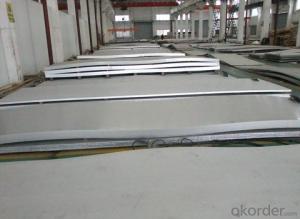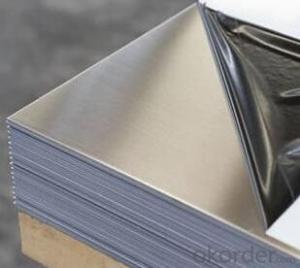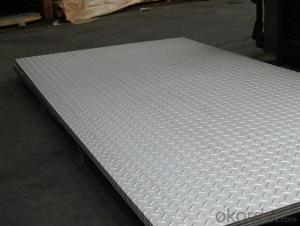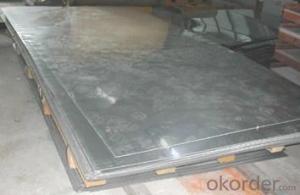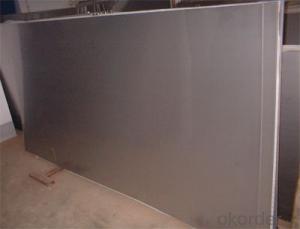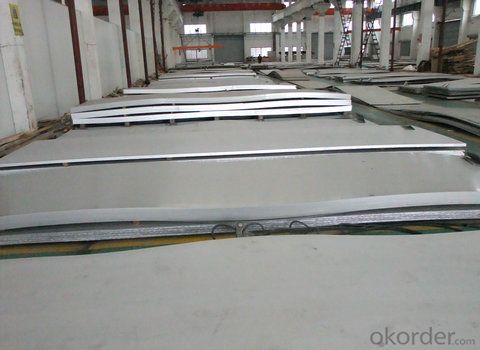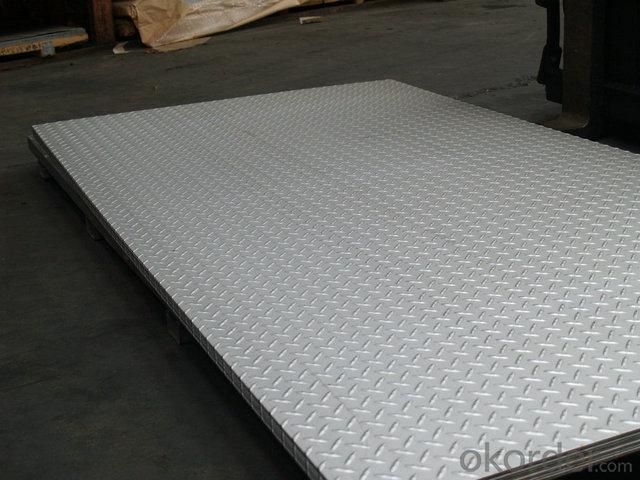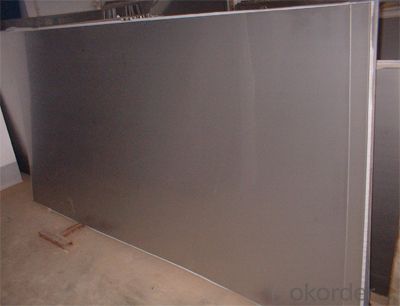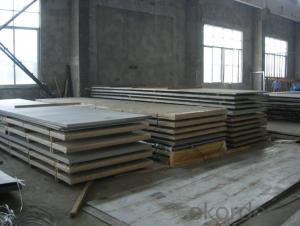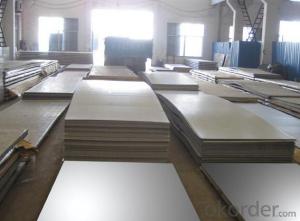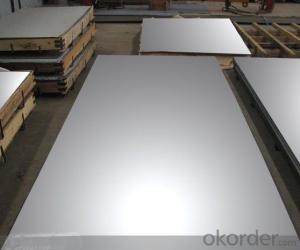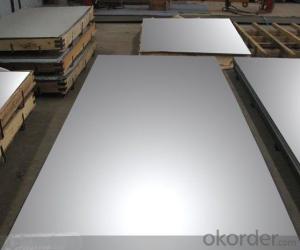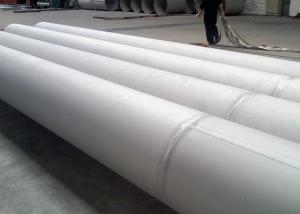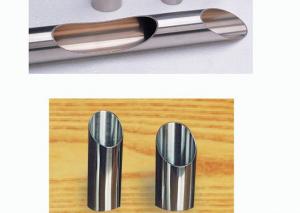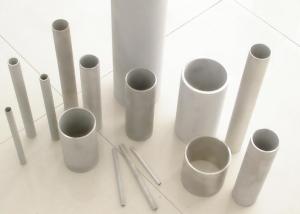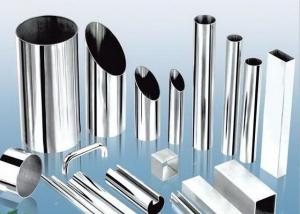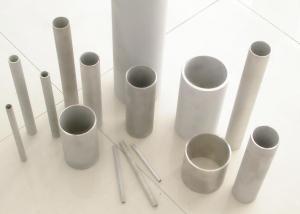Stainless steel plate/sheet 304,201,202,310S,309S,316L,321,304L,410,420,430,444
- Loading Port:
- Shanghai
- Payment Terms:
- TT OR LC
- Min Order Qty:
- 500 m.t
- Supply Capability:
- 5000000 m.t/month
OKorder Service Pledge
OKorder Financial Service
You Might Also Like
Stainless steel plate/sheet
304,201,202,310S,309S,316L,316Ti,321,304L,410,420,430,444,443,409L,904L
| Description | steel sheet,hot rolled steel sheet,cold rolled steel sheet, steel sheet,sheet,steel plate |
| Standard | ASME, ASTM, EN ,BS,GB,DIN, JIS etc |
| Application | Steel sheet applies to construction field, ships building industry, petroleum & chemical industries, war and electricity industries, food processing and medical industry, boiler heat exchanger, machinery and hardware fields. |
| Packaging | Standard export sea-worthy packing |
| Delivery time | 10-30 days |
| Note | Our company has cooperative relation between the domestic agents. Stainless steel sheet can be made accordingto the customers requirements. Fasten delivery. Quality assured. |
| Quality | No.1 |
| Productivity | 1200ton/day |
| Contacts | If you have any question,please feel free contact me. |
Stainless steel sheet surface finish characteristics
| Surface finish | Characteristics and application |
| 2B | The surface brightness and flatness of no2B is better than no2D. then through a special surface treatment to improve its mechanical properties,No2B could nearly satisfy comprehensive uses. |
| No.1 | Polished with abrasive belt of grit#100-#200, have better brightness with discontinuous coarse stria, used as inner and external ornaments for building, electrical appliances and kitchen utensils etc. |
| No.4 | Polished with abrasive belt of grit #150-#180,have better brightness with discontinuous coarse stria, but thinner than No3, are used as bathtub buildings inner and external ornaments electrical appliances kitchen utensils and food processing equipment etc. |
| HL | Polished with abrasive belt of grit #150-#320 on the NO.4 finish and has continuous streaks, mainly used as buildings ornaments elevators, door of building, frontal plate etc. |
| BA | Cold rolled, bright annealed and skin-passed, the product have excellent brightness and good reflexivity like mirror, kitchen apparatus, ornament etc. |
| 8K |
Product Shows :
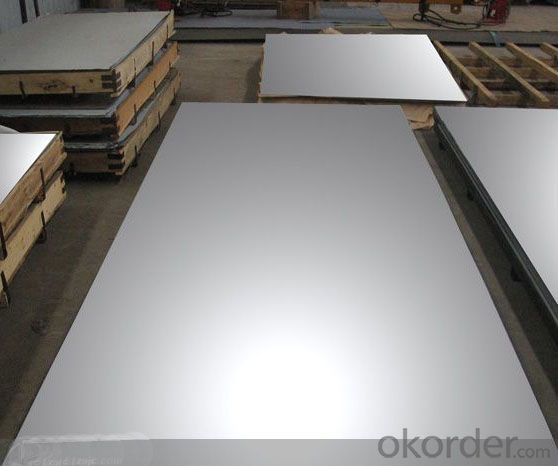
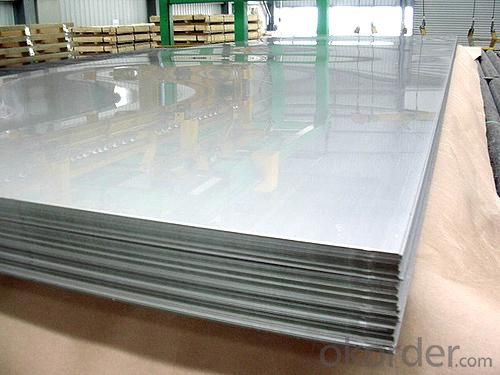
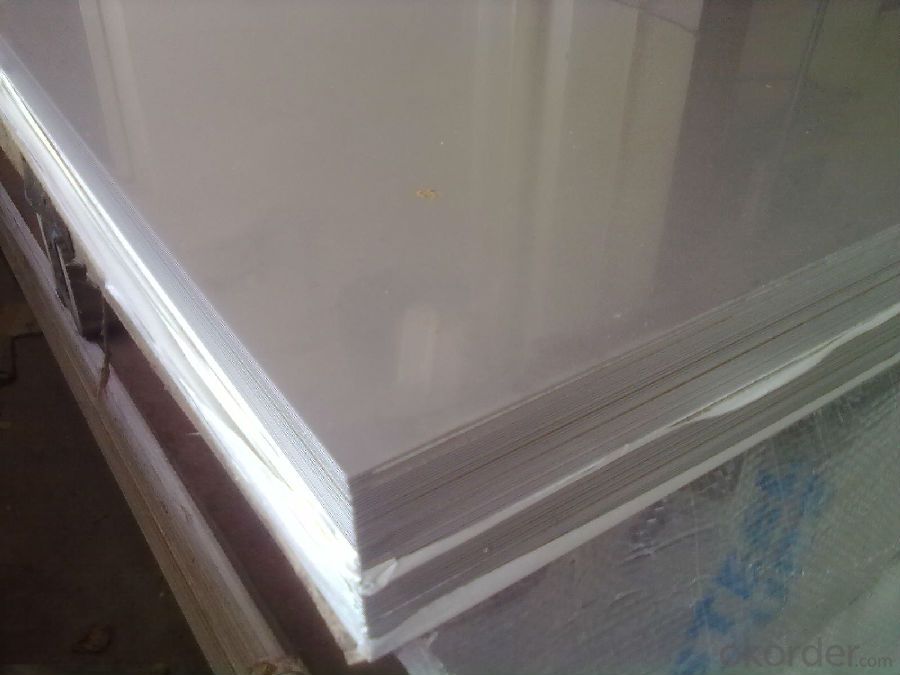
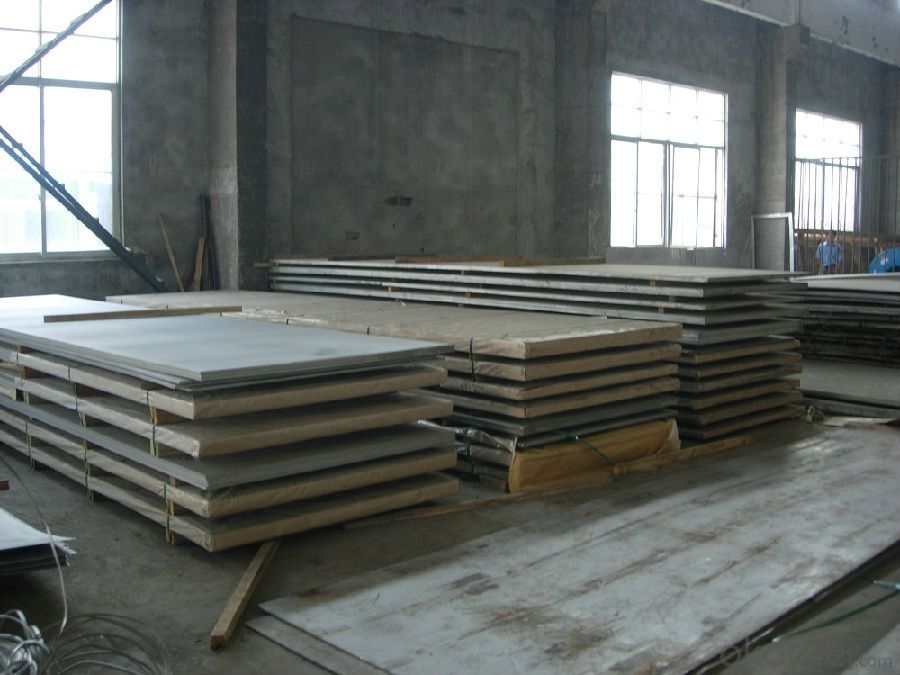
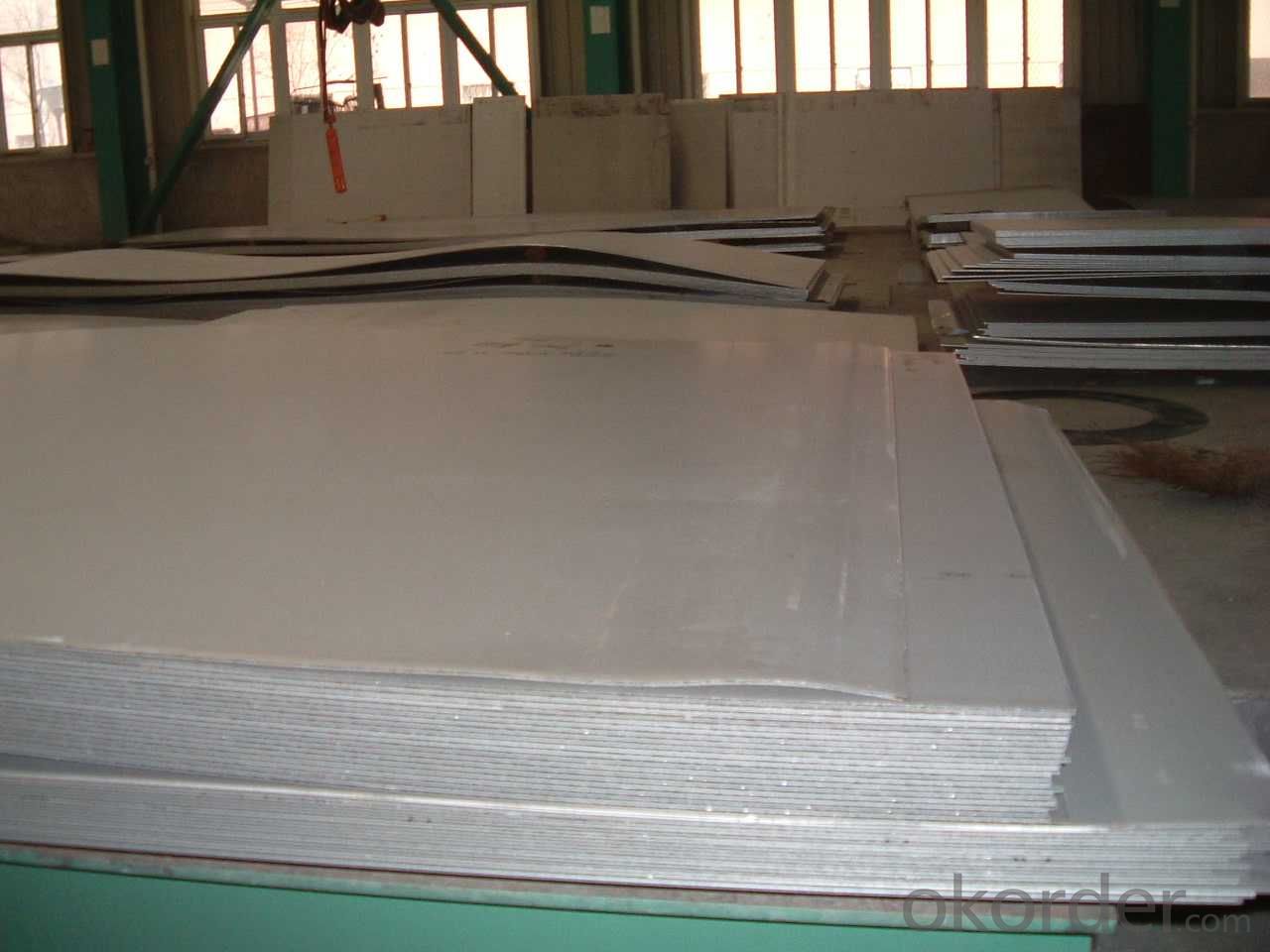
Application :
•Escalator, Elevator, Doors
•Furniture
•Production tools, Kitchen appliances, freezers, cold rooms
•Auto Parts
•Machinery and Packaging
•Equipment and Medical devices
•Transport system
Packaging and Loading
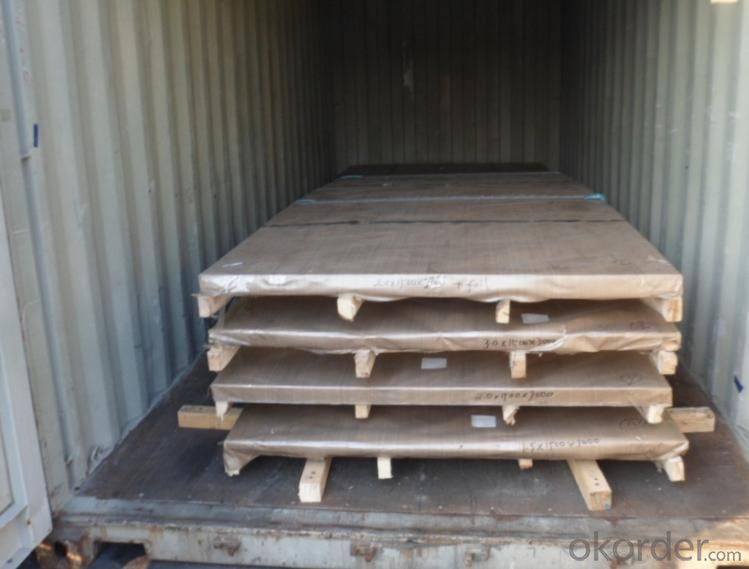
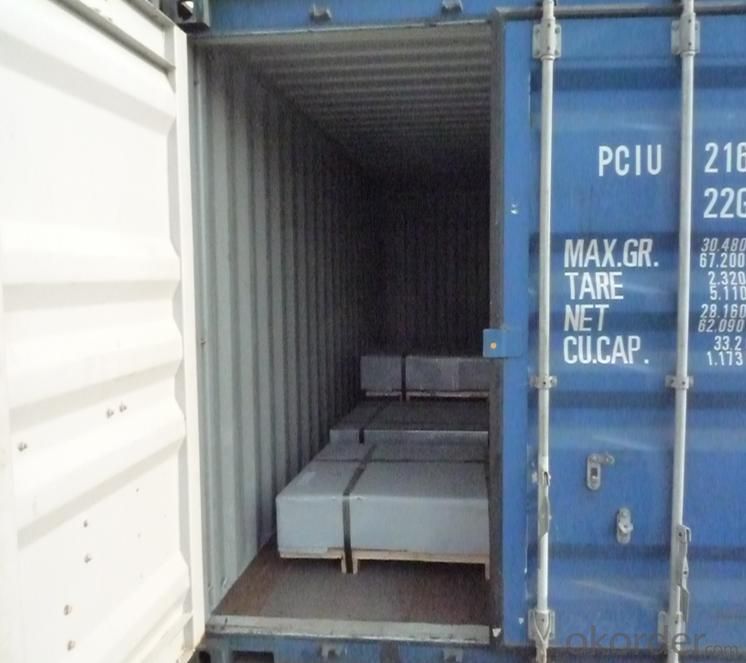
- Q: How to clean stainless steel plate cleaning?
- The mild way to clean stainless steel is simply to use hot water and clean soft cloth to wipe the surface, and then use dry metal with other soft cloth to prevent water stains thoroughly. I'm surprised at how much dirt on the surface comes to my pizza oven, just this step. When using this or any other way, please remember, "grain" stainless steel has run the whole surface in one direction on the minor groove metal and its best grain, rather than across it clean. Some people will tell you that this is to avoid scratching the metal or lodging the dust particles in the foods, where they can cause rust to form. This is likely to be true, but scrubbing food seems to be easier and more effective.
- Q: How long do stainless steel sheets last?
- Stainless steel sheets have an exceptionally long lifespan and can last for several decades or even a lifetime with proper care and maintenance.
- Q: What is the electrical resistivity of stainless steel sheets?
- The electrical resistivity of stainless steel sheets varies depending on the specific grade or alloy composition of the stainless steel. Generally, stainless steel has a relatively low electrical resistivity compared to other materials, such as copper or aluminum. The resistivity can range from approximately 6.9 x 10^-7 ohm-meters (Ωm) for austenitic stainless steel to 7.2 x 10^-7 Ωm for ferritic stainless steel. It is important to note that these values are approximate and can vary slightly based on factors such as temperature and impurities in the stainless steel.
- Q: How do you join stainless steel sheets together?
- There are various methods to join stainless steel sheets together, depending on the specific application and desired outcome. Here are a few common techniques: 1. Welding: Stainless steel can be welded using various methods such as TIG (Tungsten Inert Gas), MIG (Metal Inert Gas), or spot welding. Welding creates a strong and durable bond between the sheets, ensuring a secure connection. 2. Mechanical Fasteners: Using mechanical fasteners like screws, bolts, or rivets can be an effective way to join stainless steel sheets. This method is often used when disassembly or reassembly is required, as it allows for easy removal and reinstallation. 3. Adhesive Bonding: Specialized adhesives designed for stainless steel can be used to join sheets together. These adhesives create a strong bond while maintaining the aesthetics of the stainless steel surface. However, adhesive bonding may not be suitable for high-stress or high-temperature applications. 4. Clinching: Clinching involves using a special tool to press the stainless steel sheets together, creating a mechanical interlock. This method is commonly used for joining thin sheets and offers a cost-effective and fast solution. It is important to choose the appropriate method based on the specific requirements of the project, including factors such as load-bearing capacity, temperature, corrosion resistance, and aesthetics. Consulting with a professional or conducting thorough research can help ensure the chosen joining technique is suitable for the intended application.
- Q: What is the thermal expansion rate of stainless steel sheets?
- The thermal expansion rate of stainless steel sheets varies based on the specific grade of stainless steel and the temperature range it is exposed to. Typically, stainless steel has a coefficient of thermal expansion (CTE) of approximately 10-17 x 10^-6 per degree Celsius (µm/m°C). This implies that for each degree Celsius rise in temperature, the stainless steel sheet will expand by 10-17 micrometers per meter of length. It is worth noting that the CTE may slightly differ for various grades of stainless steel, so it is advisable to refer to the manufacturer's specifications or engineering handbooks for more accurate information regarding the thermal expansion rate of a particular stainless steel sheet.
- Q: When milling the stainless steel plate, how can he deform?
- 4. roughing and finishingThe above methods hope to be useful to you
- Q: Can stainless steel sheets be used for food packaging or containers?
- Yes, stainless steel sheets can be used for food packaging or containers. Stainless steel is a widely used material in the food industry due to its many desirable properties. It is corrosion-resistant, which ensures that the food will not react with the container and remain safe for consumption. Stainless steel is also highly durable, making it suitable for long-term use in food packaging or containers. Additionally, it is easy to clean and maintain, ensuring proper hygiene standards are met. Stainless steel containers or packaging can also withstand extreme temperature changes, making them suitable for various food storage and transportation needs. Overall, stainless steel sheets are a reliable and safe choice for food packaging or containers.
- Q: What are the common manufacturing standards for stainless steel sheets?
- There are several common manufacturing standards for stainless steel sheets that ensure their quality and consistency. One of the most widely recognized standards is the ASTM International (formerly known as the American Society for Testing and Materials) standard. ASTM A240 is the specific standard for stainless steel sheets, which specifies the requirements for chemical composition, mechanical properties, and other relevant characteristics of the material. Another important manufacturing standard is the EN (European Norm) standard, specifically EN 10088, which provides guidelines for stainless steel flat products, including sheets. This standard covers various aspects such as dimensions, tolerances, surface finishes, and more. Additionally, there are national standards developed by different countries. For example, in Japan, the Japanese Industrial Standards (JIS) classify stainless steel sheets under various specifications such as JIS G4304 and JIS G4305. These standards define the requirements for chemical composition, mechanical properties, and surface finishes of stainless steel sheets. In the United States, the American Iron and Steel Institute (AISI) also sets standards for stainless steel sheets. The AISI 300 and 400 series are commonly used in the manufacturing of stainless steel sheets, and their properties are defined by the AISI. It is important for manufacturers and suppliers to adhere to these standards to ensure that the stainless steel sheets meet the desired quality requirements and can be used reliably in various applications. These standards help maintain consistency, compatibility, and traceability in the production and use of stainless steel sheets across different industries.
- Q: What are the different types of patterned finishes available for stainless steel sheets?
- There are several types of patterned finishes available for stainless steel sheets, including embossed, textured, perforated, brushed, and hammered finishes. Each of these finishes offers a unique aesthetic appeal and texture to the stainless steel, allowing for versatile applications in various industries such as architecture, interior design, and automotive.
- Q: Are stainless steel plates 3.4mm or 3.5mm thick?
- The thickness of less than 30mm of any size 0.5mm ratio, thickness more than 30mm of any size 1mm times.
Send your message to us
Stainless steel plate/sheet 304,201,202,310S,309S,316L,321,304L,410,420,430,444
- Loading Port:
- Shanghai
- Payment Terms:
- TT OR LC
- Min Order Qty:
- 500 m.t
- Supply Capability:
- 5000000 m.t/month
OKorder Service Pledge
OKorder Financial Service
Similar products
Hot products
Hot Searches
Related keywords
